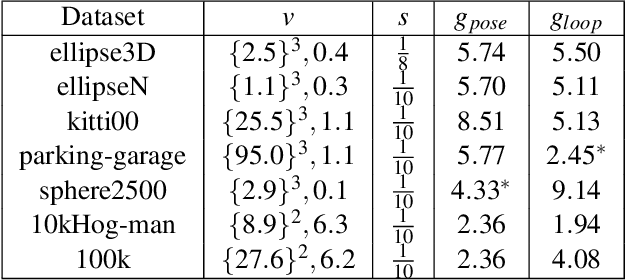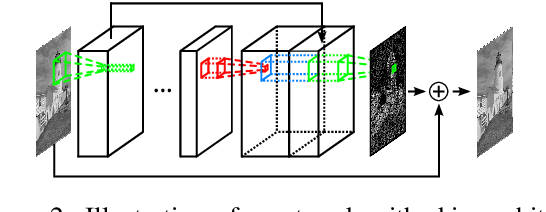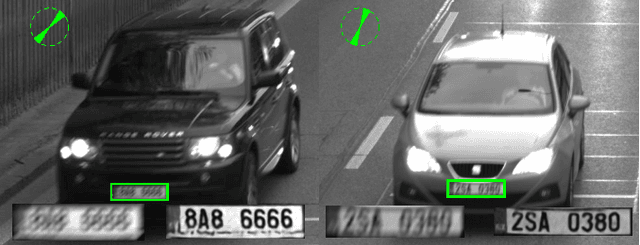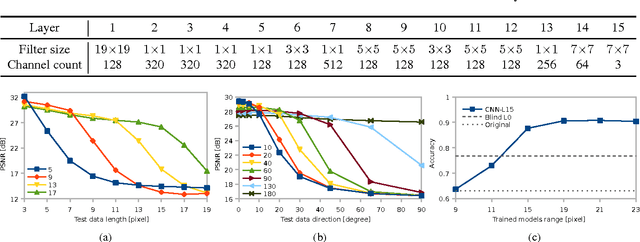Pavel Svoboda
Highly Efficient Compact Pose SLAM with SLAM++
Aug 10, 2016



Abstract:Maximum likelihood estimation (MLE) is a well-known estimation method used in many robotic and computer vision applications. Under Gaussian assumption, the MLE converts to a nonlinear least squares (NLS) problem. Efficient solutions to NLS exist and they are based on iteratively solving sparse linear systems until convergence. In general, the existing solutions provide only an estimation of the mean state vector, the resulting covariance being computationally too expensive to recover. Nevertheless, in many simultaneous localisation and mapping (SLAM) applications, knowing only the mean vector is not enough. Data association, obtaining reduced state representations, active decisions and next best view are only a few of the applications that require fast state covariance recovery. Furthermore, computer vision and robotic applications are in general performed online. In this case, the state is updated and recomputed every step and its size is continuously growing, therefore, the estimation process may become highly computationally demanding. This paper introduces a general framework for incremental MLE called SLAM++, which fully benefits from the incremental nature of the online applications, and provides efficient estimation of both the mean and the covariance of the estimate. Based on that, we propose a strategy for maintaining a sparse and scalable state representation for large scale mapping, which uses information theory measures to integrate only informative and non-redundant contributions to the state representation. SLAM++ differs from existing implementations by performing all the matrix operations by blocks. This led to extremely fast matrix manipulation and arithmetic operations. Even though this paper tests SLAM++ efficiency on SLAM problems, its applicability remains general.
Compression Artifacts Removal Using Convolutional Neural Networks
May 02, 2016



Abstract:This paper shows that it is possible to train large and deep convolutional neural networks (CNN) for JPEG compression artifacts reduction, and that such networks can provide significantly better reconstruction quality compared to previously used smaller networks as well as to any other state-of-the-art methods. We were able to train networks with 8 layers in a single step and in relatively short time by combining residual learning, skip architecture, and symmetric weight initialization. We provide further insights into convolution networks for JPEG artifact reduction by evaluating three different objectives, generalization with respect to training dataset size, and generalization with respect to JPEG quality level.
CNN for License Plate Motion Deblurring
Feb 25, 2016



Abstract:In this work we explore the previously proposed approach of direct blind deconvolution and denoising with convolutional neural networks in a situation where the blur kernels are partially constrained. We focus on blurred images from a real-life traffic surveillance system, on which we, for the first time, demonstrate that neural networks trained on artificial data provide superior reconstruction quality on real images compared to traditional blind deconvolution methods. The training data is easy to obtain by blurring sharp photos from a target system with a very rough approximation of the expected blur kernels, thereby allowing custom CNNs to be trained for a specific application (image content and blur range). Additionally, we evaluate the behavior and limits of the CNNs with respect to blur direction range and length.
 Add to Chrome
Add to Chrome Add to Firefox
Add to Firefox Add to Edge
Add to Edge